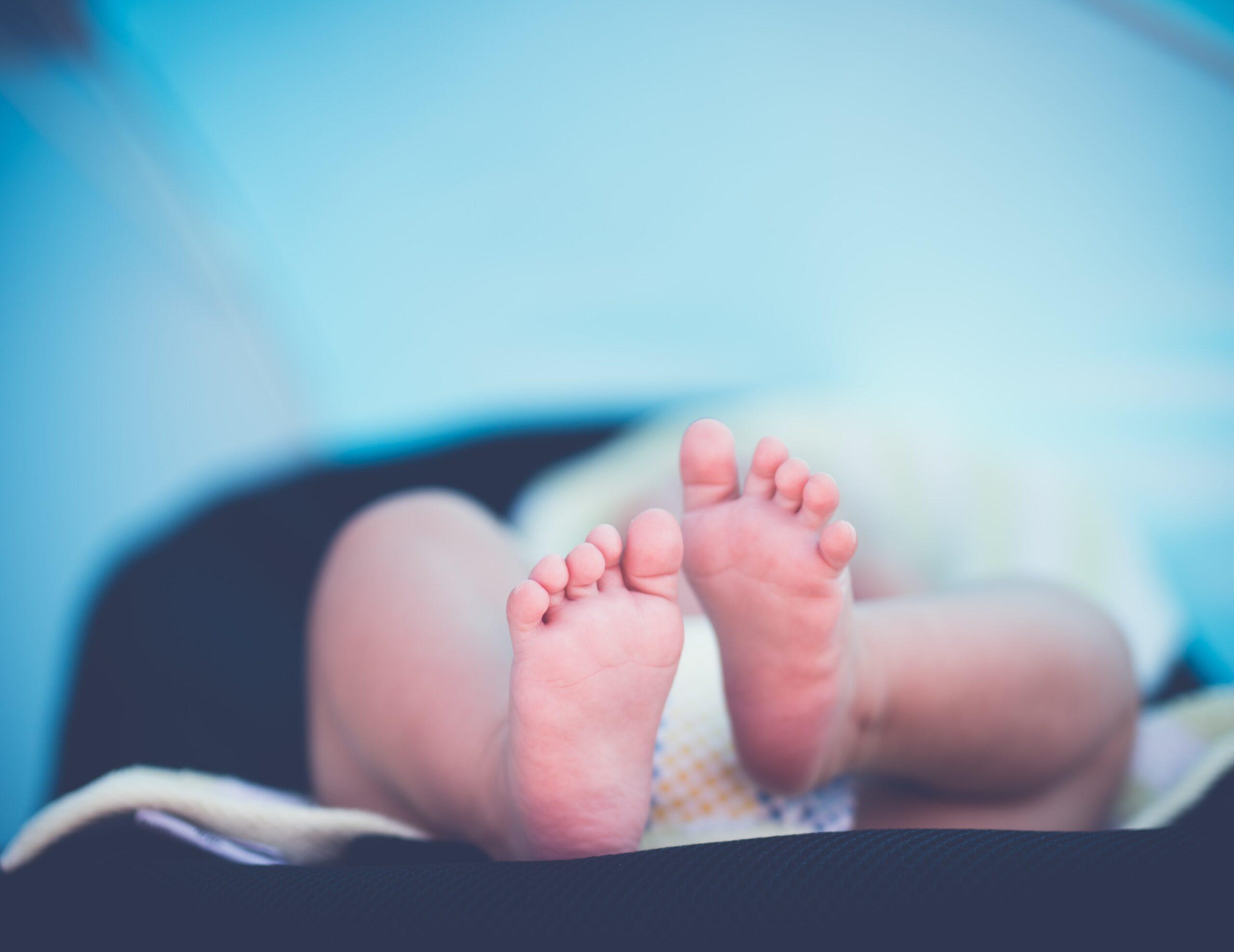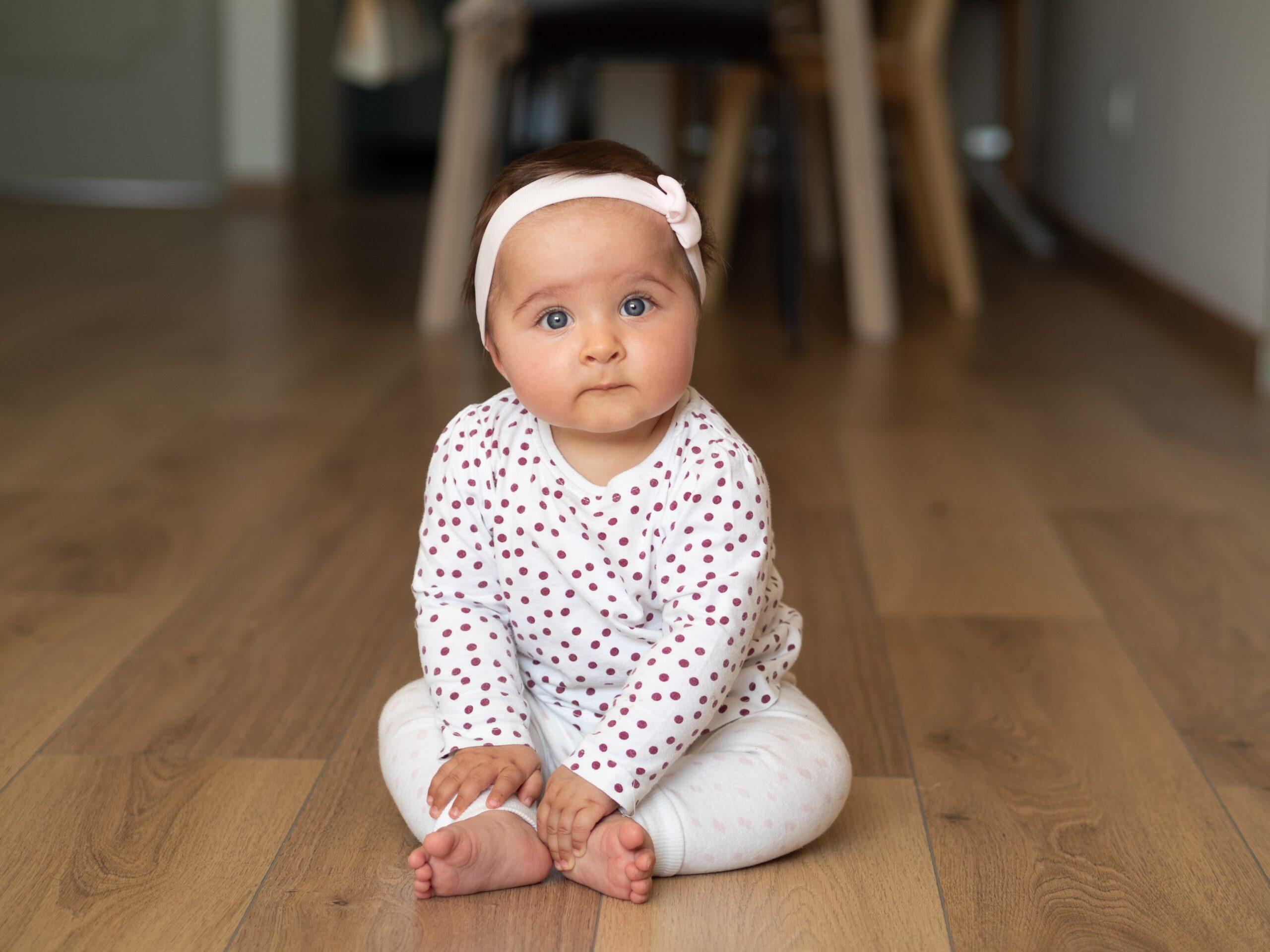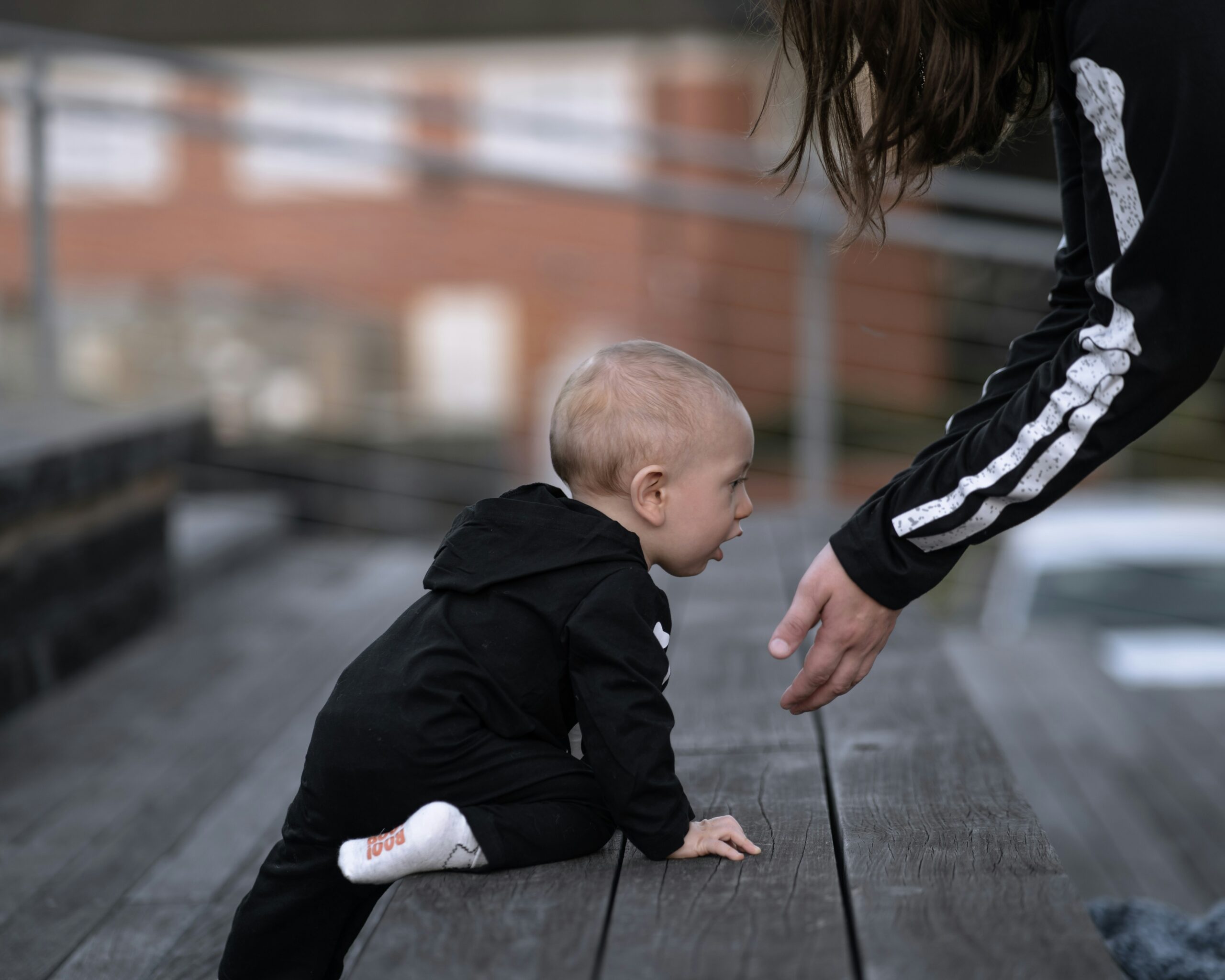There are few things more exciting to a parent than watching a child’s ability to communicate with you develop. Between birth and age 3, children’s language skills develop dramatically. Further, there is often a wide range of “normal” when it comes to children saying their first words. “The typical benchmark for a child saying his first word is 12 months old, but it’s often analogous to when children take their first steps,” says Ellen Meyer Gregg, a professor of audiology and speech-language sciences at the University of Northern Colorado. “There can be wide age variations as to when children say their first words.” Read on for a road map to help guide you through the early years of speech-language development.
Language in the First Year
A newborn’s cries are the earliest form of communication. When you respond appropriately to your infant’s cries, your child learns to expect a response. From birth through 12 months, reciprocal communication patterns develop between you and your baby. For example, your baby might coo or babble, you respond back, and your baby coos again.
Breastfeeding also establishes a conversational pattern between mother and baby. “The baby is sucking, while you are quiet,” Gregg says. “If the baby stops sucking, you might try to rouse the baby. There’s a turn taking happening that is like a conversational pattern.”
During the first year, your baby might play a game with you where he drops something, you pick it up, and then he drops it again. This type of play also lays a solid foundation for communication because it’s reciprocal.
If your baby doesn’t seem to be hearing well or responding to sounds, especially loud sounds, you may want to consult your pediatrician. Children who have had multiple ear infections may have difficulty acquiring speech-language skills, although this isn’t always the case. Another cause for concern is if your child is averse to social interactions and doesn’t want to make eye contact or be touched.
“Usually, the best place to start is with your pediatrician,” Gregg says, adding, “If you’re not comfortable with the doctor’s response, then it’s time to consult a speech-language pathologist who holds a certificate of clinical competence.” Visit the American Speech-Language Hearing Association’s website at www.asha.org for more information on how to find a certified speech-language pathologist in your area.
Vocabulary Explosion in Year Two
Although most children say their first word around their first birthday, there can be a huge age span with some children saying their first word as early as 8 months and others not until 15 months.
From ages 12-18 months, a child’s vocabulary usually increases from one word to around 50. Most children have a core group of words they like to use such as “no” and “more.”
By age 2, there’s usually a vocabulary explosion with most children being able to say 200-250 words. Although, 2 year olds understand many more words than they can say. At around 2 years, children also start putting two words together, such as “more cookie” or “baby up.” Between 27-30 months, children put together early sentences with subjects, verbs, and objects.
“The period between 2 and 3 years old is amazing,” Gregg says. “It’s like your child acquires a new word every day. The difference between a 2 year old, 2 and a half year old, and 3 year old in language development is dramatic. By age 3, a child usually has pretty good conversation skills, a good vocabulary, and is saying sentences with a lot of information packed in them.”
Some 2 year olds are late bloomers when it comes to language. They understand most of what’s being said to them and interact appropriately with the world around them, but they’re not talking a lot. If you are concerned about your toddler’s language skills, a speech-language pathologist can evaluate your child’s social interaction skills and hearing status. Often a child who is a language late bloomer will be communicating effectively by age 3.
Reading Builds Language Skills
The two most important things you can do to encourage your children’s speech-language development are reading to them and playing with them.
“You don’t want to read to your child in a drill-and-practice kind of way, or put any kind of performance pressure on your child,” Gregg explains. “A natural, enjoyable interaction between parent and child is what facilitates development in social interaction, cognitive development, and language development.”
Your son or daughter might like to read the same book over and over again and with good reason. Children learn how stories are structured and pick up on new things each time a familiar story is read and re-read to them. The key is to let your child take the lead in deciding what activities he wants to do. “Follow the child’s lead,” Gregg says. “Go where they want to go.”




